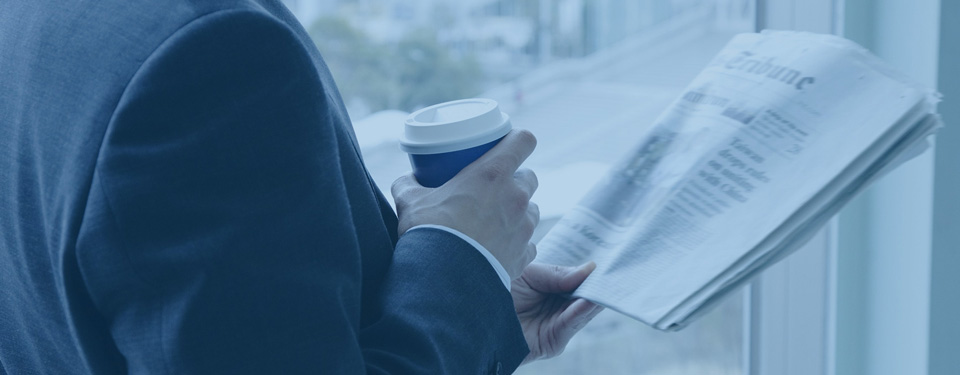What are the techniques for soldering pcb circuit boards?
1. The process characteristics of selective welding can be understood by comparing with wave soldering. The obvious difference between the two is that the lower part of the circuit board in wave soldering is completely immersed in the liquid solder, while in selective soldering, only some specific areas are in contact with the solder wave. becausePcb circuit boardIt is a poor heat conduction medium in itself, so it will not heat and melt the solder joints of adjacent components and circuit board areas during welding.

2. For the microwave peak selection welding after the reflow welding sequence, it is important to spray the flux accurately, and the micro hole spraying type will not contaminate the area outside the solder joint. The diameter of the small flux dot pattern of micro spot spraying is greater than 2mm, so the position accuracy of the flux sprayed and deposited on the circuit board is± 0.5mm to ensure that the flux always covers the welded part.
3. The process flow of selective welding includes: flux spraying, circuit board preheating, dip welding and drag welding. Flux coating process plays an important role in selective welding. When welding heating and welding is completed, the flux shall have enough activity to prevent bridging and oxidation of the circuit board. Flux spraying The X/Y manipulator carries the circuit board over the flux nozzle, and the flux is sprayed to the soldering position of the pcb circuit board.
Experience and skills in welding circuit boards 1、 Use electric soldering iron correctly
1. Tin the electric soldering iron before use. The specific tin coating method is to heat the electric soldering iron and apply flux when the soldering tin can just be melted. Then apply solder evenly on the soldering head to make it eat a layer of tin evenly.
2. The welding time shall not be too long, otherwise the components are easy to be damaged. If necessary, the pins can be clamped with tweezers to help heat dissipation.
3. After welding, clean the residual flux on the circuit board with alcohol to prevent the carbonized flux from affecting the normal operation of the circuit.
4. After use, place the electric iron on the iron frame.
2、 The welding sequence of components is difficult first and then easy, low first and then high, patch first and then insert
Purpose: convenient welding and time saving.
It is difficult to weld first, mainly referring to the chip integrated chip with dense pins. If the difficult part is put on the post welding, once the welding fails and the pad is damaged, all previous efforts will be wasted.
First low, then high, first patch, then insert, welding is convenient. If high components are welded first, it may hinder the welding of other components, especially when there are many high components. If the inserted components are welded first, the circuit board will be uneven on the welding table, which will affect the welding mood.


